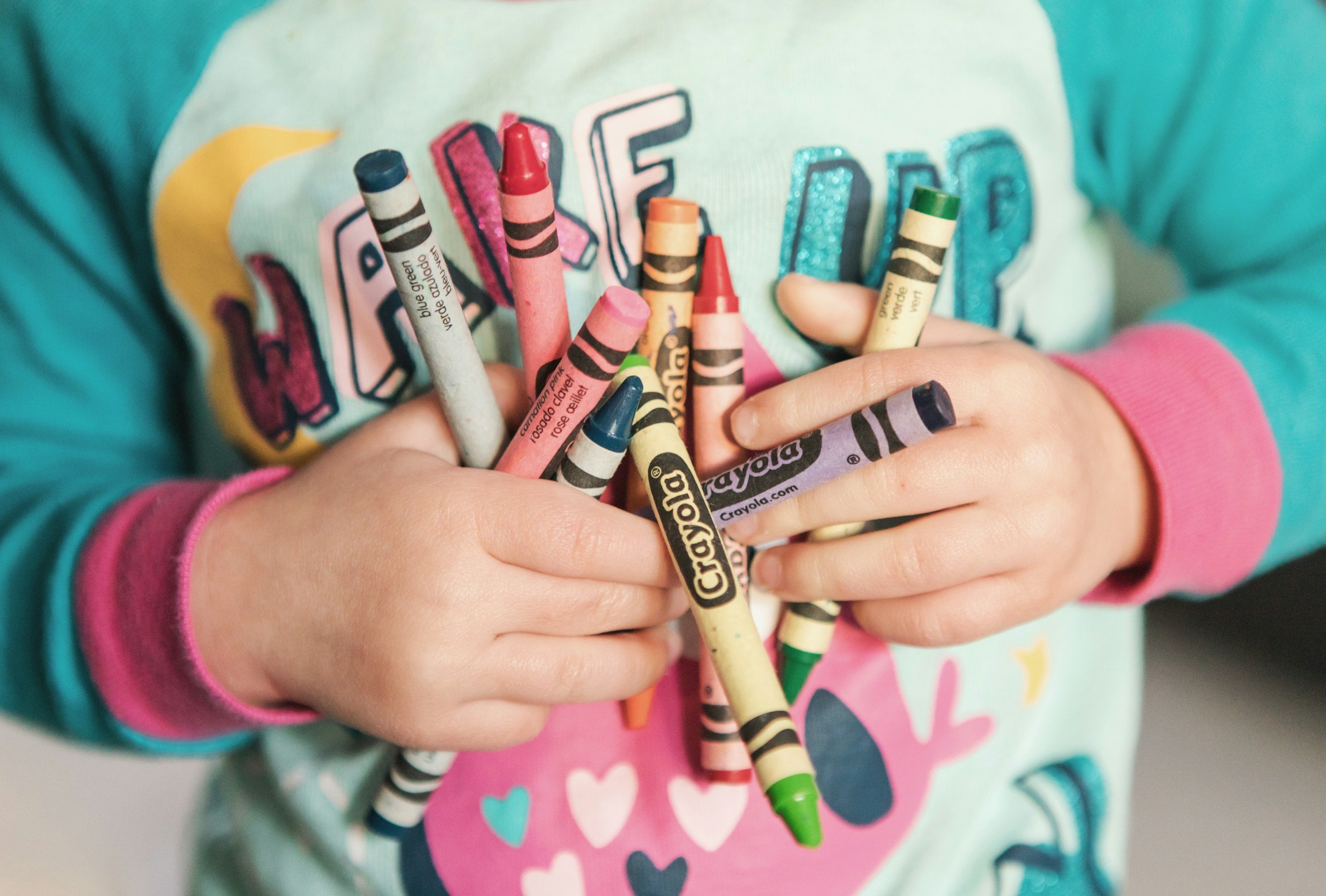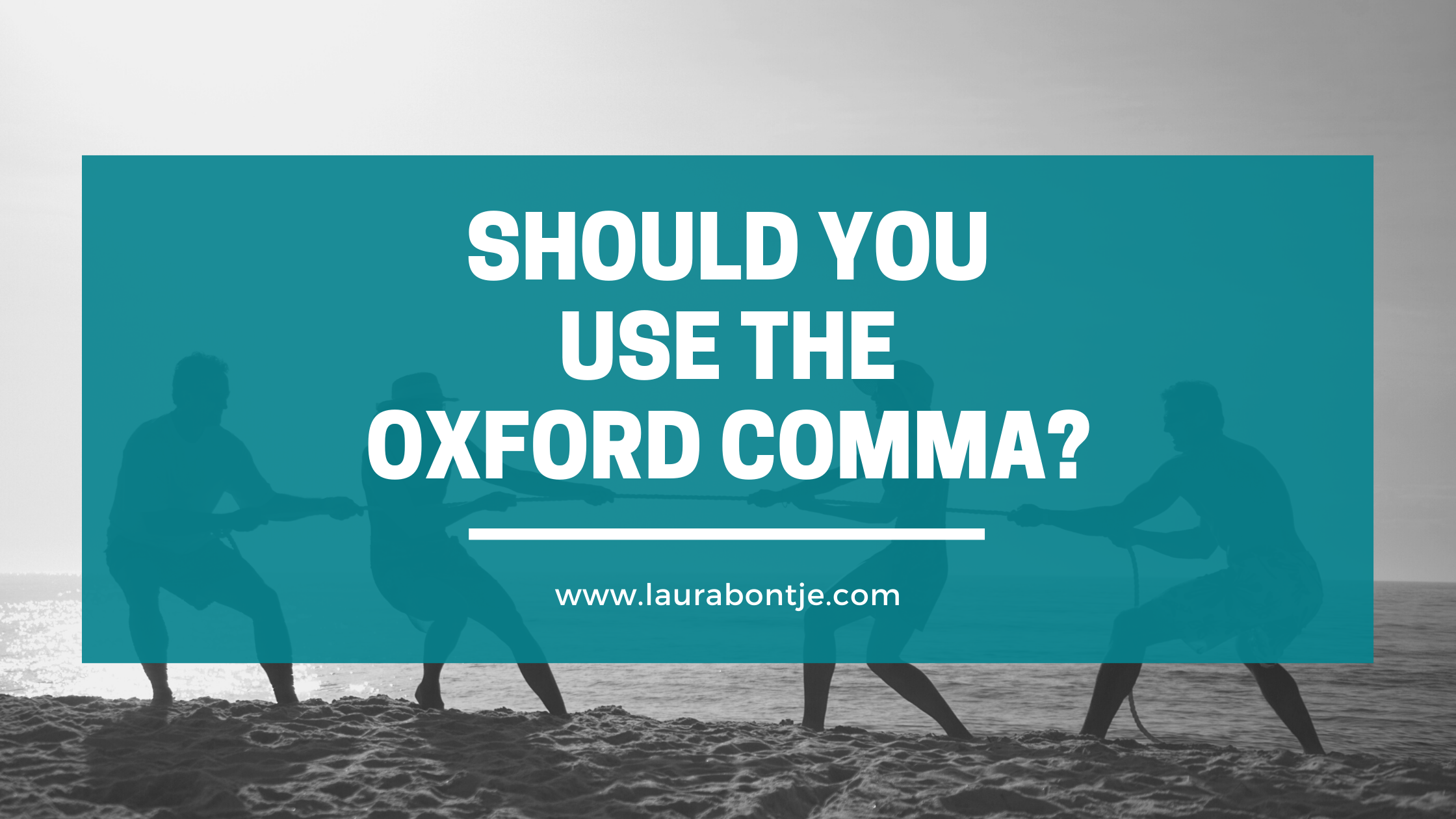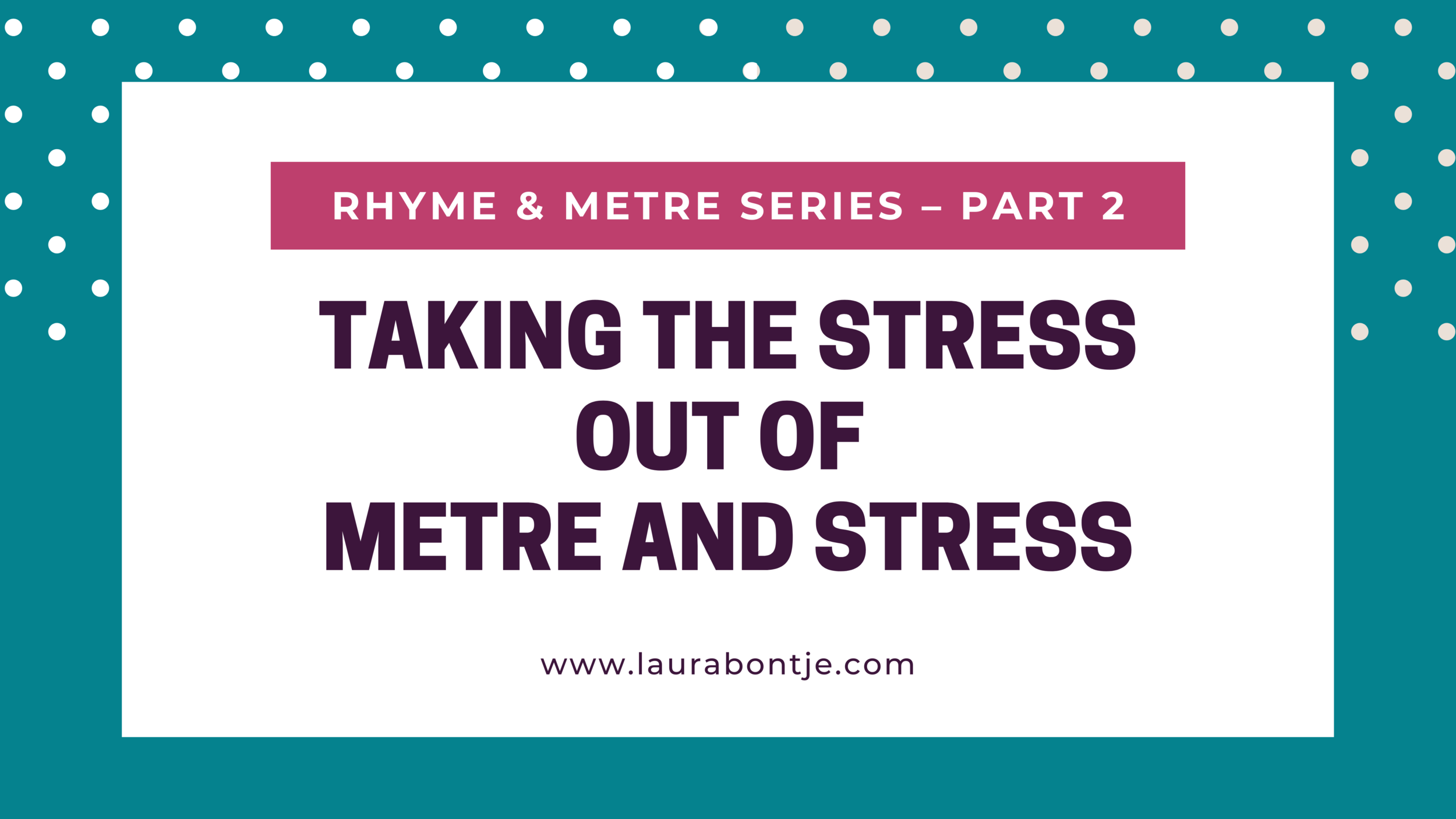Your voice. Your style. Your vision.
You’ve already done the hardest part: you came up with an idea and you put it into words. Now it’s time to find out if everything that’s working in your head is working on the page. I’m Laura Bontje, a freelance editor and author in London, Ontario. No matter where you are in the editing process, I can work with you to strengthen your structure and refine your mechanics. I look forward to helping you bring your vision to life.
picture book editing
As a professional editor and a picture book author myself, I’d love to help you refine your manuscript so kids will ask to hear your story again and again!
novel editing
Find out how we can work together to help readers fall in love with your middle grade, young adult, or adult novel.
my books
From a girl who speaks in palindromes to a young explorer waiting to find cicadas, my picture books celebrate the remarkable ways that children see the world.














To ensure that your dialogue tags are working well, there are two key things you need to know: what information should be in a dialogue tag and how to format it.